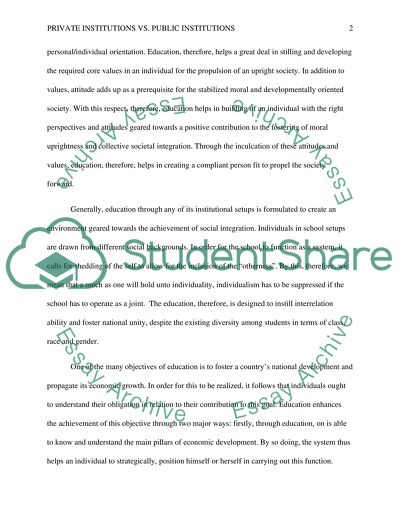Cite this document
(“Private Institutions vs. Public Institutions Research Paper”, n.d.)
Private Institutions vs. Public Institutions Research Paper. Retrieved from https://studentshare.org/education/1436007-private-institutions-vs-public-institutions
Private Institutions vs. Public Institutions Research Paper. Retrieved from https://studentshare.org/education/1436007-private-institutions-vs-public-institutions
(Private Institutions Vs. Public Institutions Research Paper)
Private Institutions Vs. Public Institutions Research Paper. https://studentshare.org/education/1436007-private-institutions-vs-public-institutions.
Private Institutions Vs. Public Institutions Research Paper. https://studentshare.org/education/1436007-private-institutions-vs-public-institutions.
“Private Institutions Vs. Public Institutions Research Paper”, n.d. https://studentshare.org/education/1436007-private-institutions-vs-public-institutions.


